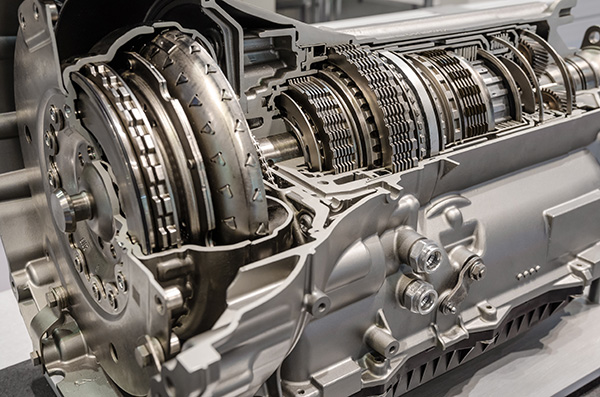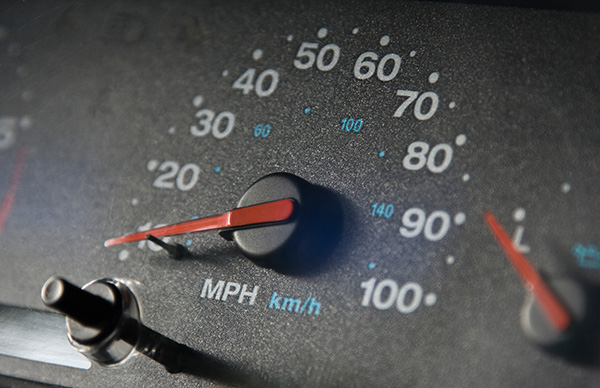Posted on 7/29/2025

Taking your 4x4 off the beaten path is one of the most thrilling ways to experience what your vehicle is capable of. But if you’re looking to explore more challenging terrain, your factory setup might not cut it. With the right upgrades, you can boost performance, durability, and comfort, making your vehicle ready for everything from rocky climbs to muddy backroads. Before you start modifying your ride, it’s essential to consider how and where you plan to drive. Not every upgrade is necessary for every type of terrain. But once you know your goals, there are some tried-and-true mods that can elevate any off-road build. Lift Kits for Added Clearance One of the most popular and practical upgrades for off-road vehicles is a suspension lift kit. Lifting your 4x4 increases the distance between your undercarriage and the ground, which helps you avoid scraping over rocks, logs, and other obstacles. It also gives you the clearance needed to install larger tires ... read more
Posted on 6/27/2025

Among performance enthusiasts, few cars spark as much admiration as the Honda S2000. First introduced in 1999 to celebrate Honda’s 50th anniversary, the S2000 immediately won over drivers with its thrilling high-revving engine, perfectly balanced chassis, and driver-focused cockpit. Even years after its production ended in 2009, the S2000 remains a staple at track days and autocross events across the country. So what exactly makes this roadster so special, and why does it remain a fan favorite? A High-Revving Engine Like No Other At the heart of the Honda S2000’s appeal is its legendary F20C engine. In its early U.S. models, this 2.0-liter four-cylinder powerplant produced 240 horsepower without the help of a turbocharger or supercharger. That’s an astonishing figure considering the engine’s displacement. Even more impressive, peak power comes in at 8,300 rpm, with a redline of 9,000 rpm. Very few production cars offer that kind of experience ... read more
Posted on 5/30/2025
%20copy.jpg)
A blown head gasket is one of the more serious issues a vehicle can face, leading to expensive repairs if not caught on time. The head gasket seals the combustion chamber, keeps coolant and oil from mixing and maintains proper engine compression. When it fails, a variety of symptoms appear, and ignoring them can lead to engine damage or even total engine failure. Knowing the signs of a blown head gasket helps you respond quickly and minimize the risk of further complications. Let’s take a closer look at what you should watch for. Overheating That Doesn’t Go Away One of the most common symptoms of a blown head gasket is engine overheating. When the gasket fails, it can allow coolant to leak into the combustion chamber or escape externally. This lowers the coolant level and disrupts the system’s ability to regulate engine temperature. If your temperature gauge rises quickly or your vehicle frequently runs hot even after adding coolant, the head gask ... read more
Posted on 4/28/2025

Your transmission is one of the most indispensable and expensive components in your vehicle. Whether you drive an automatic or manual, keeping your transmission in good condition is necessary for smooth shifting, fuel efficiency, and overall reliability. With the right care, you can significantly extend its life and avoid expensive repairs. Here’s how to help your transmission go the distance. Keep Up With Regular Fluid Changes Just like engine oil, transmission fluid breaks down over time. It becomes contaminated with debris, loses its lubricating properties, and can’t cool or protect the internal parts as effectively. Following your vehicle’s recommended fluid change interval helps prevent overheating, gear slippage, and premature wear. If your fluid looks dark or smells burnt, it’s likely time for a change—even if you’re still within the mileage range. Don’t Ignore Shifting Problems If your vehicle hes ... read more
Posted on 3/28/2025

A malfunctioning speedometer isn’t just a minor annoyance—it can make driving more dangerous and put you at risk of speeding without realizing it. If your speed display suddenly freezes, jumps around, or drops to zero while you’re still in motion, something in your vehicle’s electrical or sensor system isn’t working as it should. From sensor failures to dashboard issues, there are a few common culprits behind inaccurate speed readings. Knowing what to watch for can help you get the problem fixed before it turns into a bigger safety concern. Why Do Speedometers Stop Working or Act Up In modern vehicles, speed data is collected by a vehicle speed sensor (VSS), usually located on the transmission. This sensor measures how fast the wheels are turning and sends that information to the car’s onboard computer, which then feeds it to the speedometer. If that sensor malfunctions, becomes dirty, or fails completely, the system may receive b ... read more